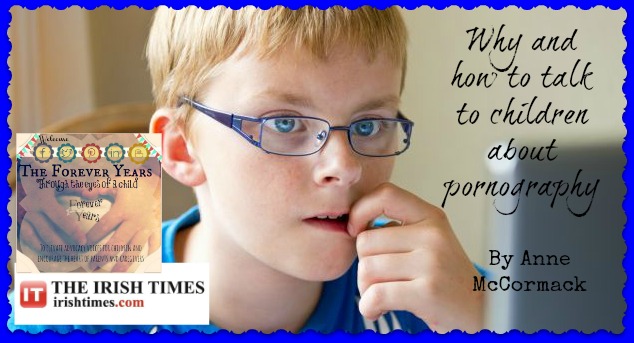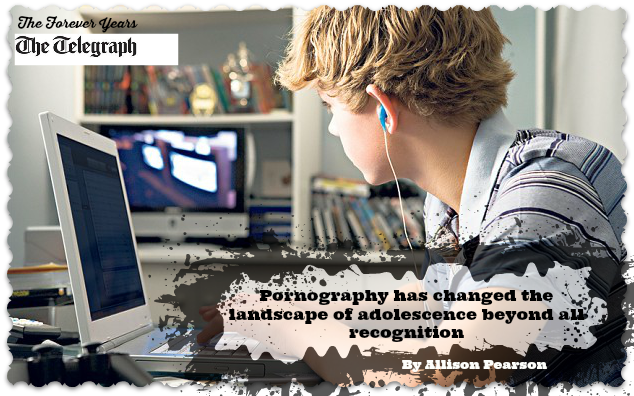The internet and social media are now a normal part of established culture for young people growing up. For parents, this can bring a whole new level of concern as even with safety filters on devices, having access to the internet and the social media world makes it more likely that young people may come across and gain access to content that is sexually explicit.
Internet access and social media has changed the landscape for parents in many ways. When it comes to teaching young people about what is healthy and safe in relationships, as well as the issue of supporting young people’s individual sexual development, these aspects of parenting now point to the need for discussion around the issue of pornography.
Young people can accidently encounter sexually explicit material online or they can actively seek it out. And while secondary schools have an obligation to teach on the topic of relationships and sexuality, according to Mairead McNally of Loreto Secondary School, Balbriggan, there is no part of the curriculum that addresses pornography. It is useful for parents to think ahead about how to talk with young people about pornography.
Here are some reasons why young people could benefit from such talk:
1. Social media as a sexualised environment
The social media world and the internet in general can become a sexualised environment quite quickly for some young people. For example, the young person may follow a celebrity online who posts sexually explicit selfies or content of themselves. This selfie culture can contribute to normalising the uploading of material that is sexually provocative or explicit, and it can inadvertently give young people the message that they must present themselves in a certain “sexual” way in order to be deemed of worth. The trend towards the sexualisation of the self can tend to glamorise the area of pornography.
2. Interest in sex
Wanting information about sex is normal and if young people are not getting the message at home that they can ask questions and talk openly about sex, they may feel more inclined to access such information and pornography in order to find out for themselves what sex is about. Pornography is not real and yet young people viewing it can often think it is.
(To read more of this article, please follow the link below…)



